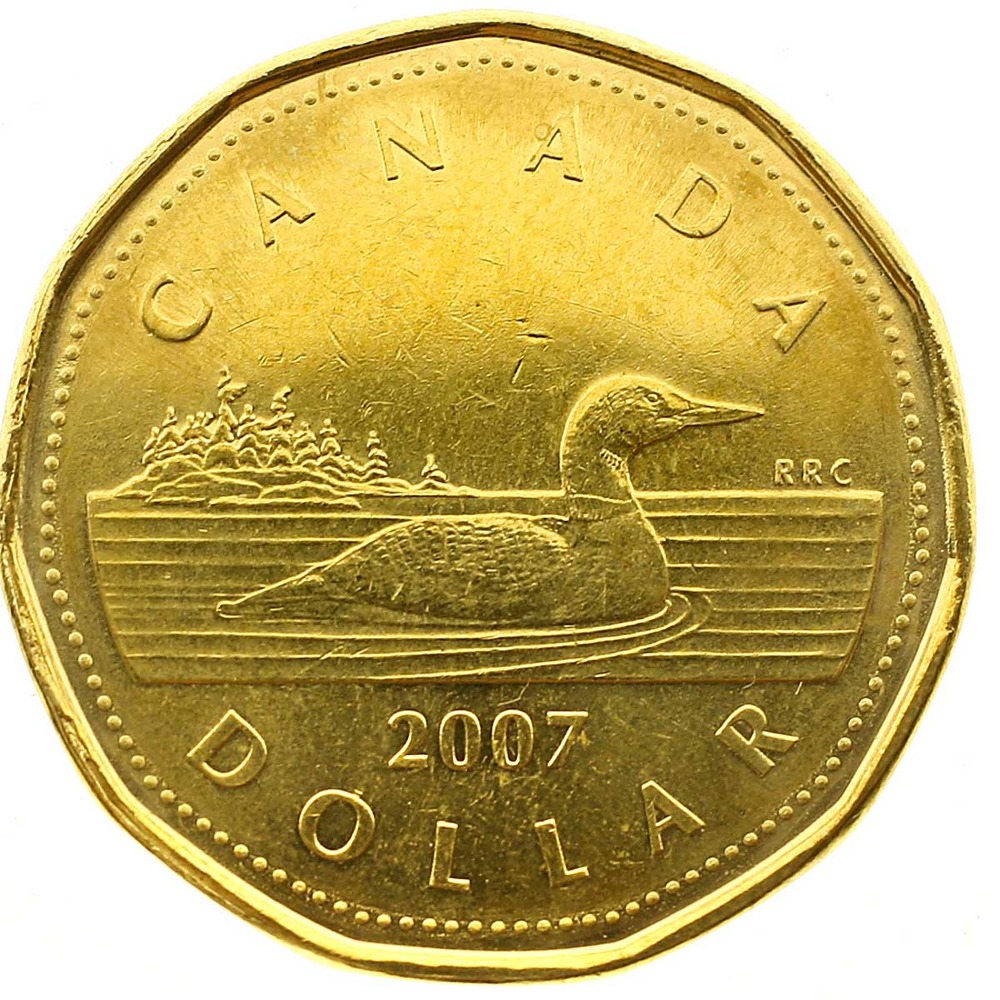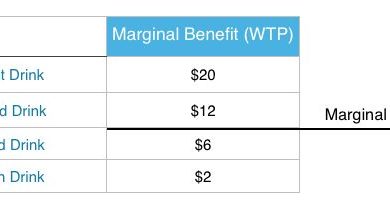Loonie Meaning Overview Role in Economy

Contents
Loonie: Meaning, Overview, Role in Economy
What is the Loonie?
The Loonie is the colloquial term for the Canadian dollar (CAD), the official currency of Canada. It originated in the forex dealer community and gained popularity with foreign exchange (FX) traders.
Key Takeaways
- The loonie refers to the $1 Canadian coin and gets its nickname from the picture of a solitary loon on the reverse side of the coin.
- Introduced in 1987, it replaced the paper version of the Canadian dollar (CAD) and became such a popular nickname that the Royal Canadian Mint trademarked it in 2006.
Understanding the Loonie
The loonie is the $1 Canadian coin and gets its nickname from the picture of a solitary loon on the reverse side. The obverse side features a portrait of Queen Elizabeth II. The Royal Canadian Mint trademarked the name in 2006.
Due to the acceptance of the $1 loonie, the $2 coin was introduced in Sept. 1995. Canadians quickly began calling it the "toonie," a combination of two and loonie. The Royal Canadian Mint also trademarked this term in 2006.
The Royal Canadian Mint, located in Winnipeg, Manitoba, mints Canadian dollars. The Bank of Canada (BOC), located in Ottawa, Ontario, acts as the nation’s central bank and manages the currency.
The Loonie in the Global Economy
The Canadian dollar is one of the top-10 most widely traded currencies in the foreign exchange markets. Thanks to Canada’s burgeoning exports of energy and commodities, the loonie was one of the best-performing currencies against the U.S. dollar (USD) in the first decade of the new millennium.
The loonie fell sharply against the dollar after the 2008 financial crisis, as investors sought the safety of American assets. It has since rallied, buoyed by the rebound in the price of oil and other commodities. This increase was mainly due to the strength of the Chinese government’s infrastructure-focused stimulus efforts, which led to increased demand for Canada’s natural resources. Demand from Chinese firms for raw materials and oil, both of which Canada exports abundantly, supported the Canadian economy and the value of the Canadian dollar.
The softening of the international oil markets beginning in 2014 negatively affected the value of the loonie. From a peak of 1.05 CAD to 1 USD, the loonie fell to fewer than 70 cents per U.S. dollar in early 2016. It has since recovered somewhat as it moves in lockstep with the price of oil and other commodities.



